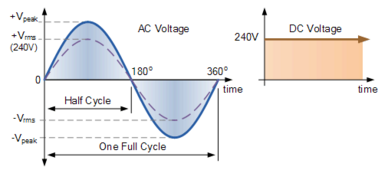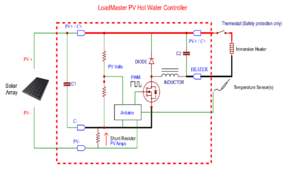Giantkiller
New Member
Thank you. This is what I was looking for. Along with the others that have helped with this kind of information. I really didn't want to get into a debate whether this would work or not. I ran through all of the possibilities. And it's either panels powering DC elements. Or solar hydronic panels. The later being way too expensive. If bought new. But now I have to see if I could get used hydronic panels.I would like to see someone do this and report back. It would be good info. But........
I know this thread is going all over the place but I just want to add a concept that gets told over and over again. Heating elements are rated for a voltage and as your voltage drops or raises, the element output will change non linear to the voltage change.
Example; A 2400w 240v element will put out 600w at 120v. That is 1/4 the output. So make sure you match this. I'm using 4800w 240v elements at 120v(1200w).
Your panel voltage will change depending on light conditions/temperature and you will have a mismatch and may get very low output except on those perfect conditions.
If I was going to do this, I would pickup a cheap MPPT and make a string of panels. I would then build a circuit on a timer to turn on the charge controller in the morning(battery simulator) and then a switch to turn on the load. This would be clunky.
Someone started building a specific hot water controller but it never took off. I would buy one if someone made one less then $500.
Another option would be an PWM load diversion controller but that will require panels in parallel and similar voltage to elements. It would not work good in low light. I guess one could run an MPPT controller from the panels and just set a load diverter to a slightly lower charge voltage.
Of course some of these ideas goes into the lower voltage range 12v-48v which creates high amperage issues
Thanks again everyone.




